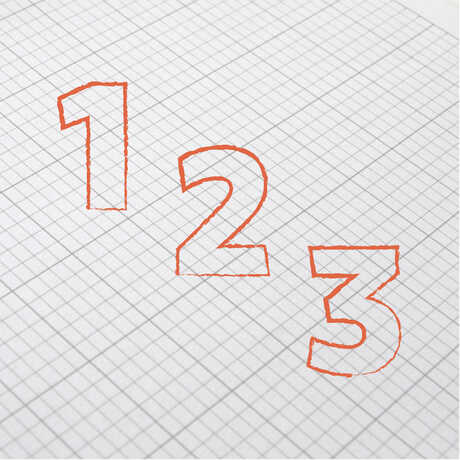
After completing this activity, students will:
- Have experience explaining their ideas about what a scientist is and does.
- Gain exposure to diverse ideas about what a scientist is, and who can be a scientist.
In this lesson, students draw their idea of "a scientist doing science." The exercise surfaces students' prior understandings of the nature of science and the demographics of scientists. It serves as a launching point for discovering that students, in fact, can be scientists.
After completing this activity, students will:
What does a scientist doing science look like?
What do your students imagine a scientist does? Who is a scientist, according to your students? Who even has the ability to do science or become a scientist?
Views held by students of what scientists look like and how they engage in science are often narrow and exclusive, reflecting stereotypes of science and scientists that have existed for decades (Finson, 2010). Characteristics of the stereotypical scientist include being white, male, working independently in a lab, and usually with test tubes. Unfortunately, holding onto these images of scientists doing science in this way can make it difficult for students to see themselves as scientists, and cause them to see science as separate from their daily lives. Conversely, if students can see themselves in a profession or subject, they are more likely to devote time and engage in that subject (Finson, 2010). So how can we help students to have more accurate views of science and inclusive images of scientists?
An important first step in shifting these views is becoming aware of what your students’ currently-held beliefs are around what a scientist is and does. Building an awareness of students’ views is important for educators in deciding where to spend time and what to focus on with students. It can also be eye-opening for students to consider their own biases around who can be a scientist, and the possible impacts of those ideas on how they view science and their relationship to the subject.
One way of collecting this information and building this awareness is through the Draw a Scientist activity. In fact, asking students to draw a scientist doing science has been a tool used in a large body of research that addresses many aspects of society’s perception of science, including issues around gender and race. Drawing, specifically, is a useful tool because it allows students who may not be ready or able to communicate complex ideas in writing or speech (K-2 or English Language Learners) to communicate their beliefs about science.
As a classroom activity, Draw a Scientist can be accompanied by time for students to share their drawings with the rest of the class and to discuss observations, including around commonalities and differences among the drawings. This approach to the activity makes student thinking visible to both teacher and students, and lays the groundwork for shifting beliefs through exposure to and engagement in science.
The Draw a Scientist Test (DAST): The Draw A Scientist Test (Barman, 1996) can be used to analyze student drawings based on a number of identified stereotypes that often appear in student drawings. Items on this list include the existence of objects such as eyeglasses, a lab coat, or facial hair—and scientist characteristics including Caucasian and male. The checklist can be a useful tool for drawing researchers’ or teachers’ attention to patterns across student drawings. Asking students to explain their drawings can also pull out more information about student beliefs.
Students explain their drawings: To help students better understand their currently-held image of a scientist and doing science, you may want to give them the opportunity to explain their drawing. They could do this is small groups, or this could be a reflective writing assignment in their science notebooks. The latter would give you an opportunity to assess students’ beliefs at a point in time.
Additional drawing prompts: You could further extend this drawing activity to include another aspect of science beliefs and self-image. Ask your students to begin another drawing, prompting them to, “please draw a picture of yourself doing science in school.” A wrap-up discussion can then include a comparison of the two drawings. What is the same? What is different? When we do science in school, are we being scientists?
Revisit and compare: Reserve time later on in the school year to do this activity again, and include an opportunity for students to compare their drawings from the beginning of the school year to their new drawings. This is an opportunity for students to assess their own changing understanding of what science is, and for teachers to better understand how student beliefs are changing over time. It also allows student drawings to be formative assessment tools for the teacher to better understand how students’ beliefs are changing.
Barman, C. (1996). How do students really view science and scientists? Science and Children, 34(1), 30-33. Retrieved 10/21/2015 from http://castle.eiu.edu/~scienced/329options/crbscience.html
Finson, K.D. (2002). Drawing a scientist: What we do and do not know after fifty years of drawings. School Science and Mathematics, 102(7), 335-345. http://onlinelibrary.wiley.com/doi/10.1111/j.1949-8594.2002.tb18217.x/full

Learn how notebooks can help your students think and act like scientists.